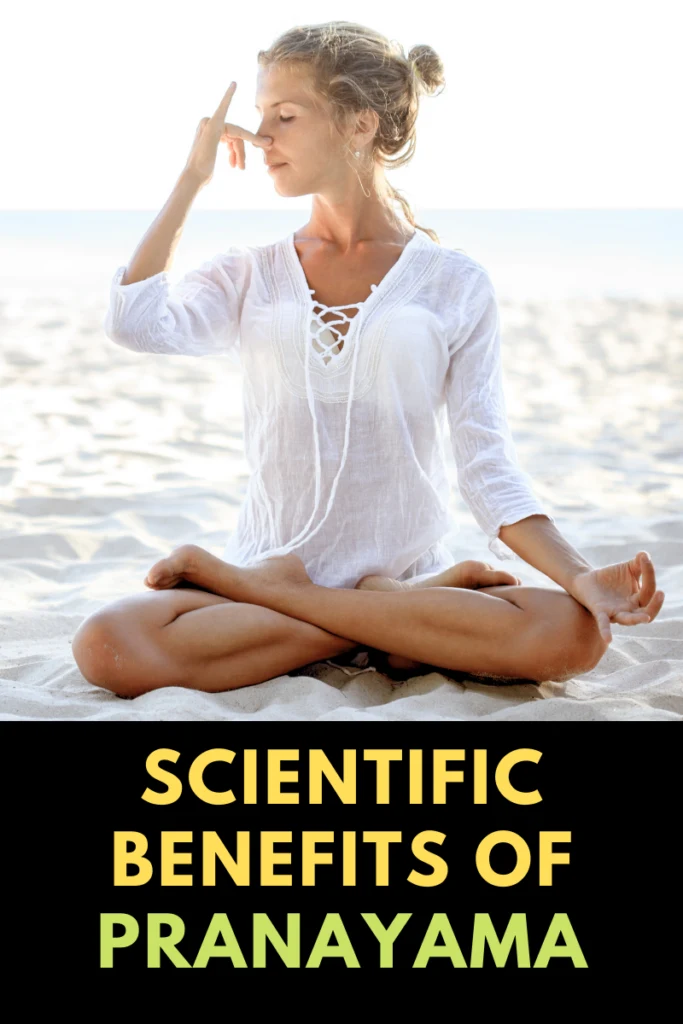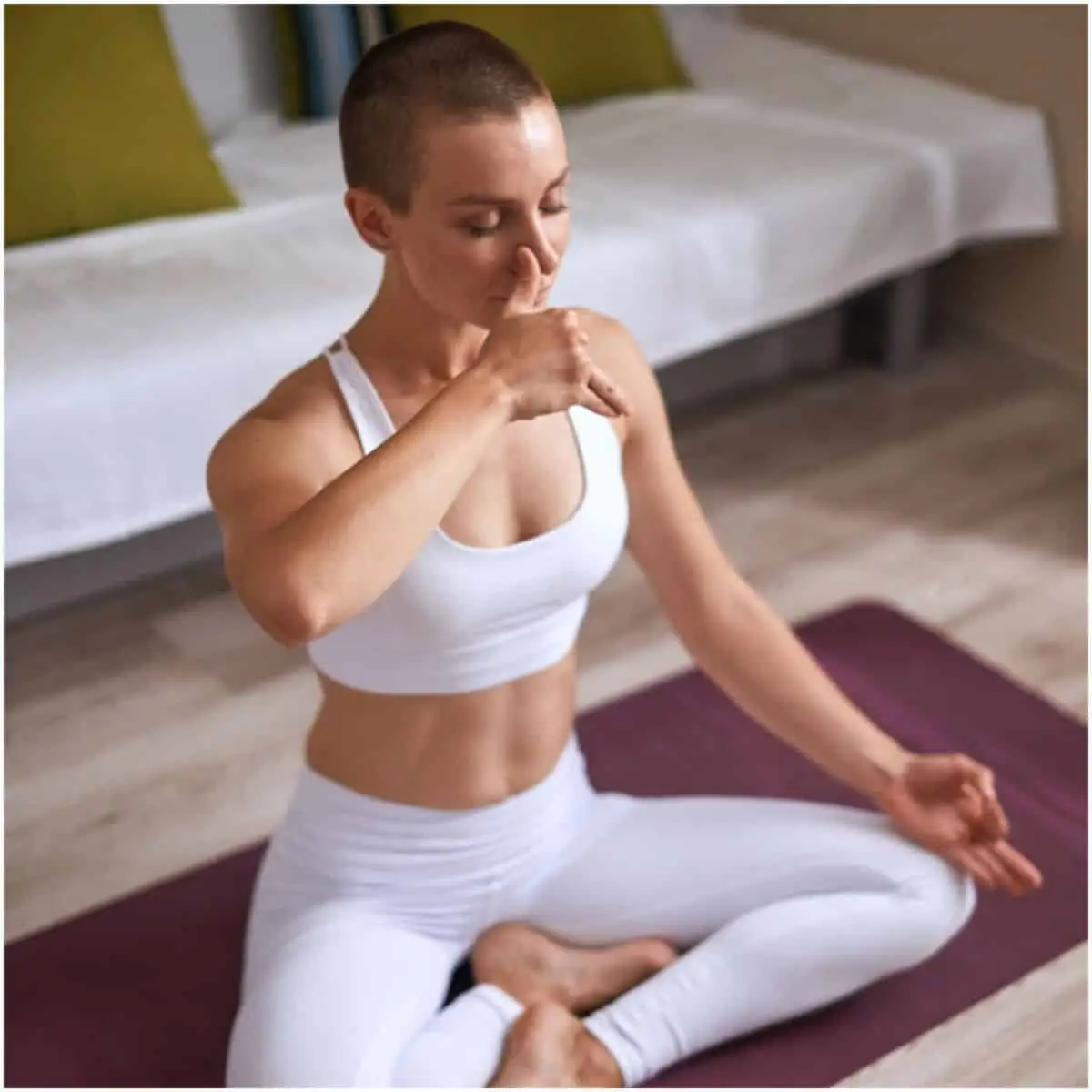Pranayama refers to a set of yoga breathing exercises that involves isometric contraction of respiratory muscles and controlled breathing exercises, which have a major role in improving respiratory endurance and strengthening the respiratory muscles.
Pranayama is a Sanskrit word formed by the conjunction of two words, namely ”prana,” meaning vital energy/breath of life, and ”ayama,” meaning regulation/expansion/control. Thus, the word Pranayama means ”extension or expansion of the dimension of prana.”
Types of Pranayama
Ujjayi
It is a diaphragmatic breath, which first fills the lower belly, rises to the lower rib cage, and finally moves into the upper chest and throat.
Surya Bhedana
It is mentioned in Hatha yoga Pradipika.
Chandra Anuloma Viloma
Breathing is done through the left nostril alone by closing the right nostril.
Surya Anuloma Viloma
It is beneficial for depression patients.
People suffering from heart disease should avoid this practice.
Nadi Shodhana
It is primarily aimed at clearing and purifying the subtle channels (nadis) of the mind-body organism.
Ida, Pingala, and Sushumna are three of the most important nadis in the human body.
READ MORE: Nadi Shodhana Pranayama – Alternate Nostril Breathing Technique
Bhramari
It includes making a humming sound like a bee during exhaling in a relaxed upright sitting posture.
Bhastrikā
Inhale and exhale quickly and forcefully without straining by flapping the abdomen.
Kapalabhati
It involves forceful exhalation followed by passive inhalation.
READ MORE: Breathing Techniques for Anxiety
Health Benefits Of Pranayama
Many scientific studies have brought out the therapeutic effects of Pranayama in different types of diseases and conditions.
Note – the practice of Pranayama is not designed as a remedy for disease but to prepare the practitioner for meditation.
#1 Arrhythmia & Hypertension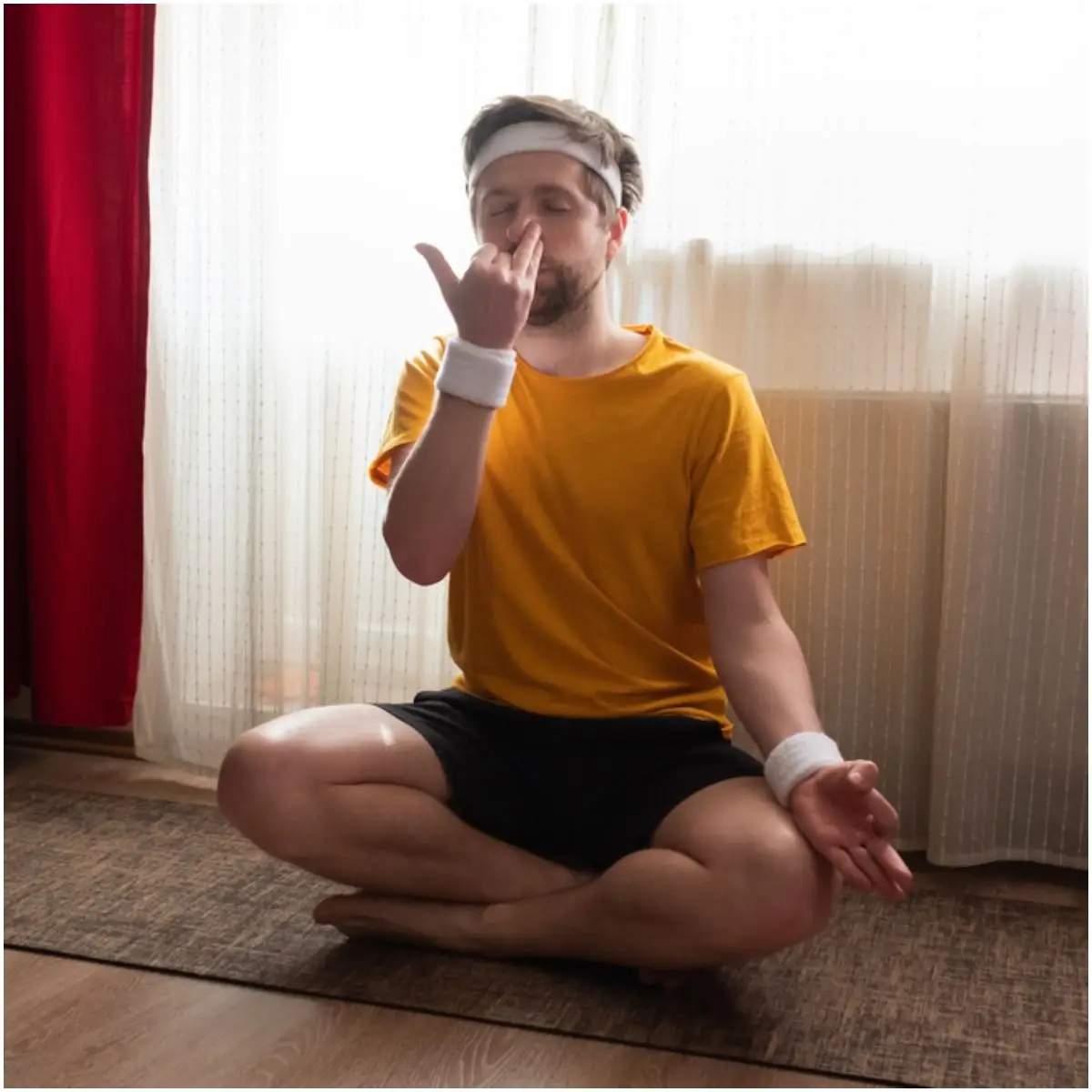
According to a 2012 study, the practice of Pranayama significantly reduces the indices of ventricular repolarization dispersion in patients with arrhythmia, a group of conditions in which the heartbeat is irregular, too fast, or too slow.
In patients with hypertension, the practice of Pranayama has shown to produce better control of blood pressure.
#2 COPD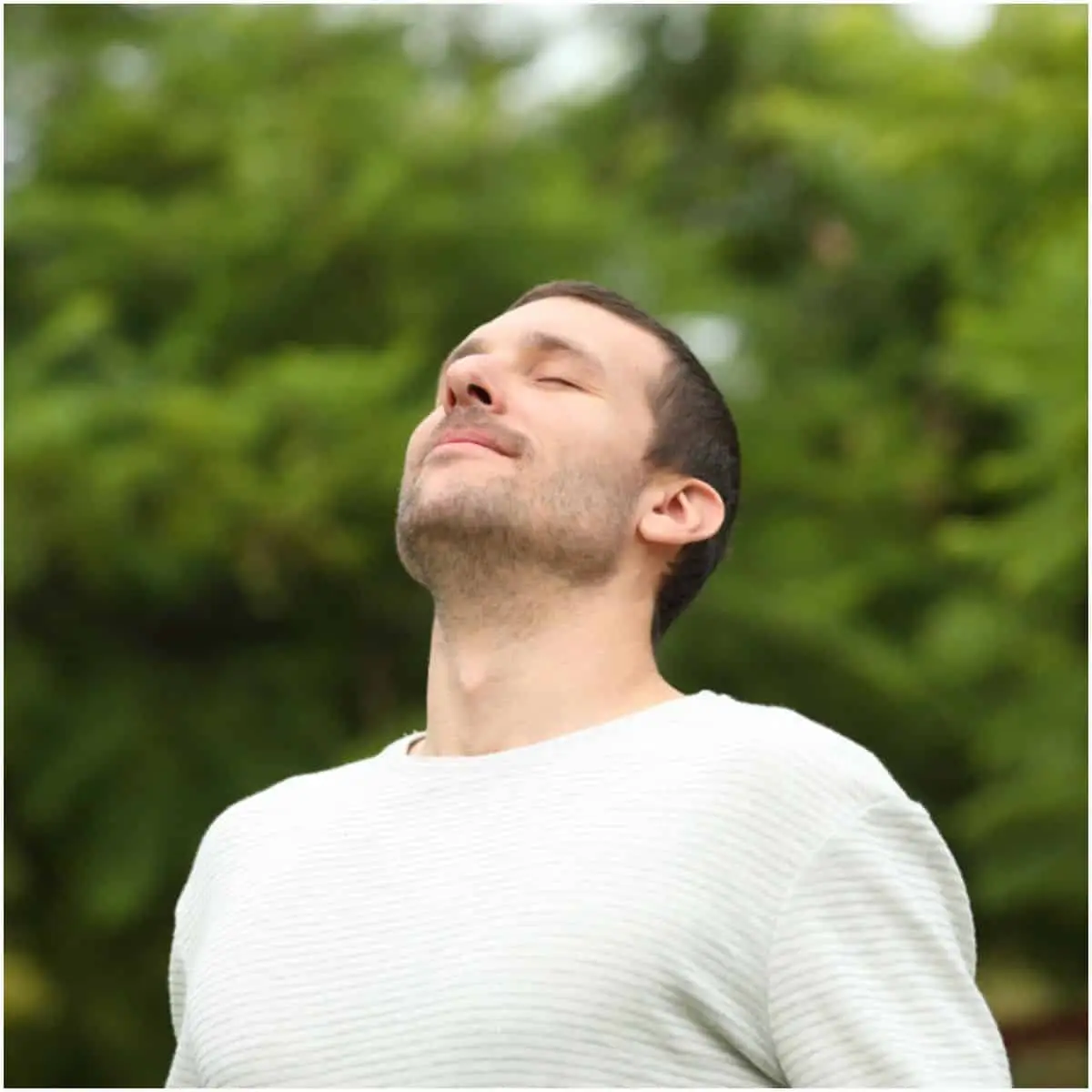
A randomized, controlled trial published in 2017 on NCBI concluded that Pranayama was associated with improved exercise tolerance in patients with COPD, a chronic inflammatory lung disease that causes obstructed airflow from the lungs.
It’s estimated that about 30 million people in the US have chronic obstructive pulmonary disease.
#3 Improves Academic Performance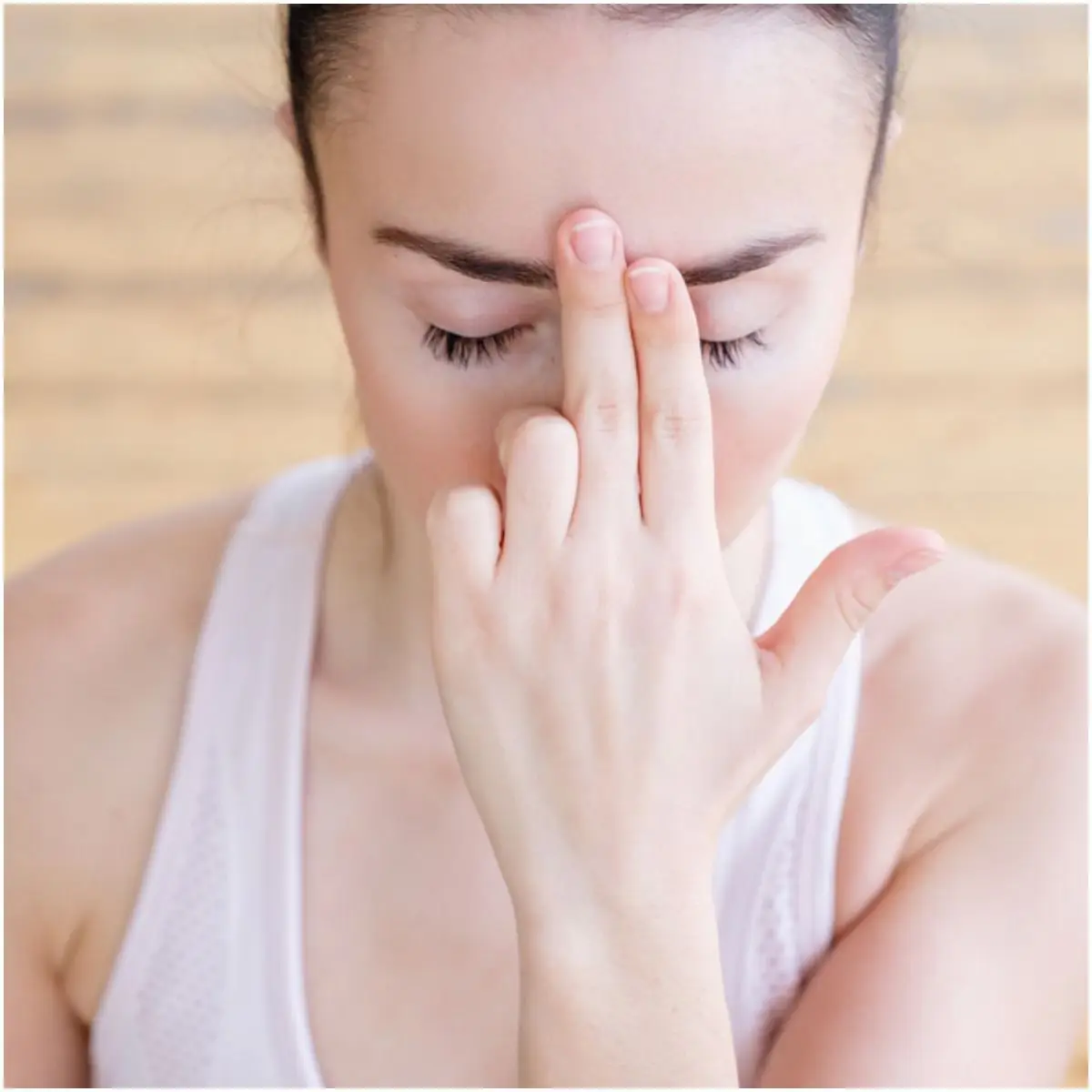
In 2016, 50 students were taught Bhramari pranayama, Breath Awareness, and Kapalabhati by a
trained yoga teacher daily for 45 minutes for the duration of 6 months.
After six months of regular Pranayama, it was noticed an improvement in the academic performance of students.
It is thought that the improvement in test scores after six months of Pranayama may be due to reduced test anxiety in students after Pranayama. Both girls and boys performed equally.
Another study found that 12 weeks of Pranayama improved executive function — which includes your reasoning skills, cognitive flexibility, and working memory.
#4 Emotional Support For Patients With Breast Cancer
Clinical and severe depressive symptoms and stress are common among women with newly diagnosed breast cancer.
In April 2016, a study supported by the Indian Council of Medical Research established that patients who were doing Pranayama along with radiation therapy reported less frustration, anxiety, and worry.
#5 Sleep Apnea
A study published in the European Respiratory Journal concluded that Pranayama is effective in improving the quality of sleep in patients suffering from obstructive sleep apnea syndrome. It is also effective in reducing snoring and daytime sleepiness.
READ MORE: Breathing Exercises To Lower High Blood Pressure
Precautions & Tips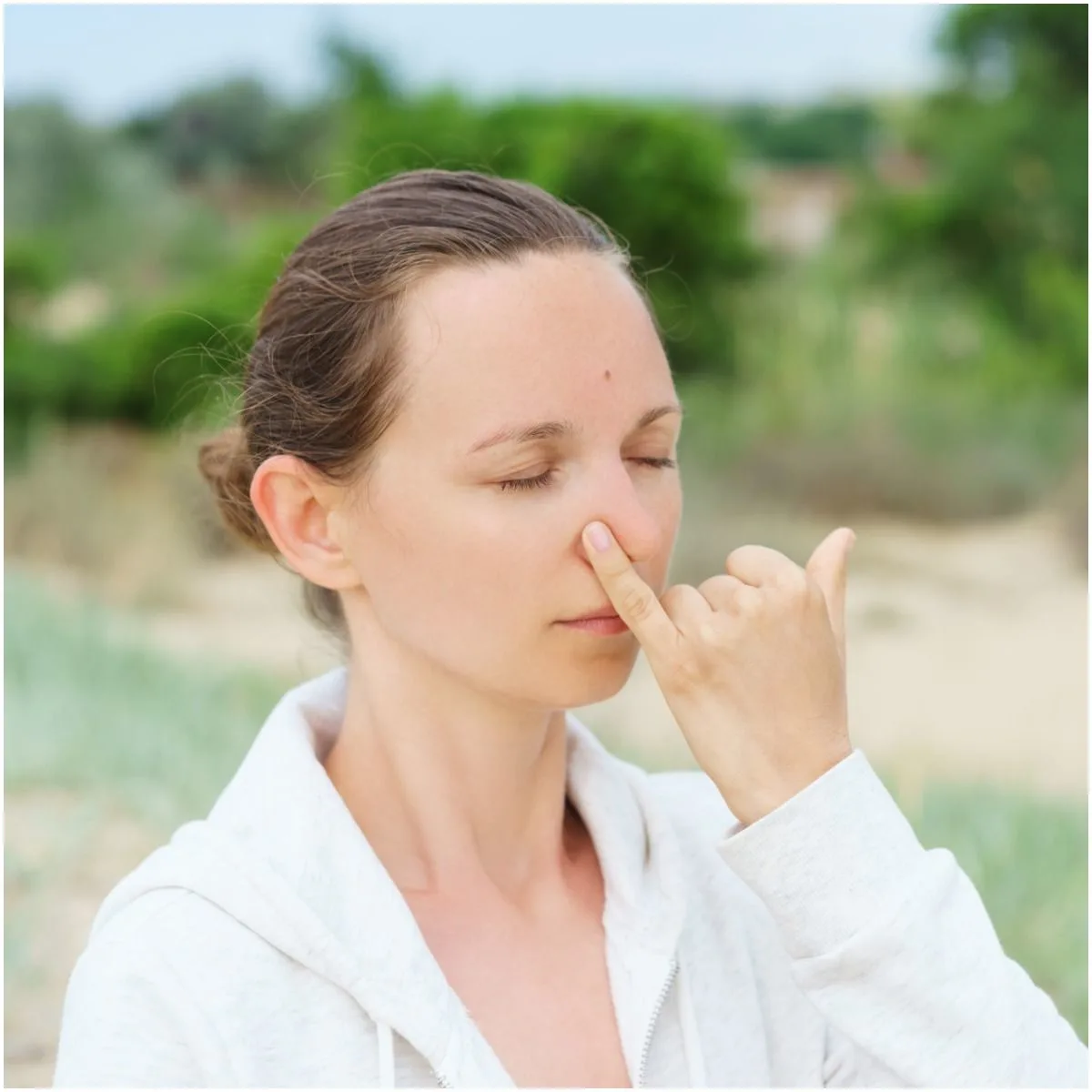
To get the best benefits of Pranayama, it is recommended to practice in an open atmosphere where airflow is not restricted.
The practice of Pranayama may be a challenge in settings where there are no certified practitioners to guide the patients.
Avoid Pranayama immediately after a meal.
Pregnant women should avoid any Pranayama involving holding the breath.
If you feel any dizziness, return to your normal breathing pattern.
Also, Pranayama should not be practiced when the lungs are congested.
Images credit – @Getty Images
READ THIS NEXT: 3 Breathing Exercises for Weight Loss

